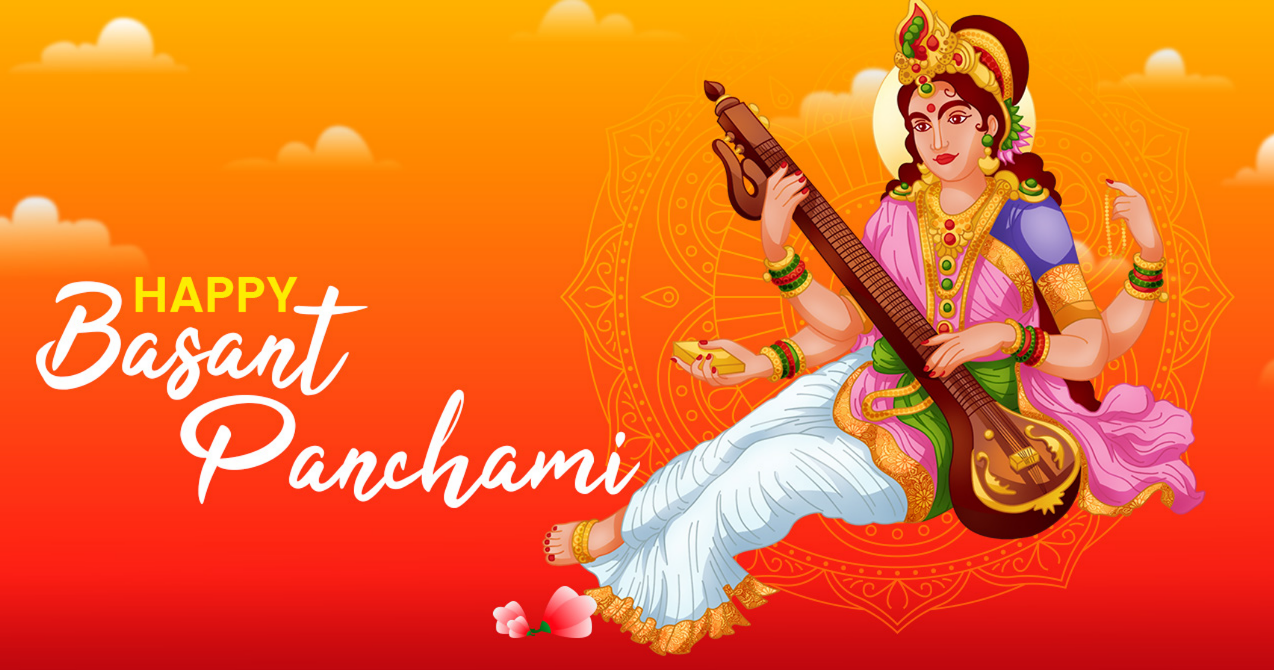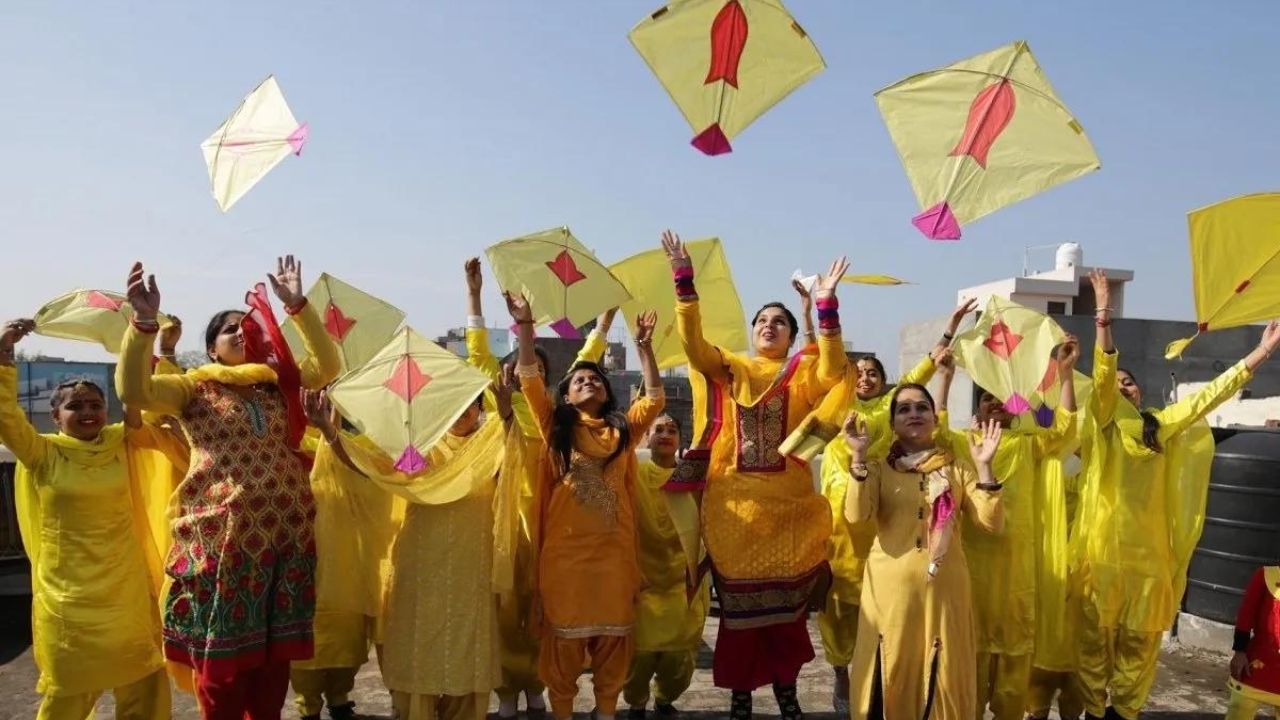Basant Panchami 2024: Celebrating the Arrival of Spring
Basant Panchami, also known as Vasant Panchami, is a Hindu festival that marks the arrival of spring. It is celebrated on the fifth day (Panchami) of the Hindu month of Magha, which usually falls in late January or early February. The word "Basant" means spring, and the festival is dedicated to Saraswati, the goddess of knowledge, wisdom, and the arts. Basant Panchami in 2024 will be celebrated on February 14th, Wednesday. Basant Panchami muhurat will be from 07:01 a.m. to 12:35 p.m.


When to celebrate:
Traditionally, Basant Panchami falls on the fifth day of the bright half of the month of Magha (Magha Shukla Panchami). The Hindu lunar calendar allows the date to change annually.
Basant Panchami worship method
- On the day of Basant Panchami, after taking a bath in the morning, wear yellow or white-colored clothes. After that, take a pledge to worship Saraswati.
- Install the idol or picture of Mother Saraswati at the place of worship. Bathe Mother Saraswati with Ganga water. Then dress them in yellow clothes.
- After this, offer yellow flowers, Akshat, white sandalwood or yellow-colored Roli, yellow gulal, incense, lamp, scent, etc.
- On this day, garland Goddess Saraswati with marigold flowers. Also, offer yellow-colored sweets.
- After this, worship Goddess Saraswati with the Saraswati Vandana and mantra.
If you want, you can also recite Saraswati Kavach during puja. - Finally, make a Havan Kund, prepare the Havan materials, and perform the Havan by chanting a rosary of the mantra ‘Om Shri Saraswatyai Namah: Swaha’.
- Then, at the end, stand up and perform the Aarti of Mother Saraswati.
Worship of Saraswati:
As it is seen as an auspicious day to start learning new skills and arts, the festival holds particular significance for students, artists, and educational institutions. In homes, schools, and institutions, devotees carry out rituals and prayers in an attempt to win Saraswati’s blessings. Many educational establishments host unique Saraswati Puja celebrations.
Yellow Theme:
Yellow is the predominant color associated with Basant Panchami. People wear yellow clothes, offer yellow flowers to the deities, and even prepare and consume yellow-colored sweets. The color represents the vibrancy of spring and is also associated with the blossoming of mustard flowers during this season.
You may also read: https://himachal.blog/10-best-eating-places-in-dharamshala/
Kite Flying:
Flying kites is a traditional Basant Panchami practice, particularly in North India. Every age group engages in kite-flying competitions as the sky is filled with vibrant kites. It gives the party a more vibrant and joyful feel.
With the arrival of Basant Panchami, the chill of the winter season is on its way. People who were hiding in the blankets and quilts felt a new energy flowing through them. A new zeal of life can be seen coming from various animals, birds, trees, and plants. Colorful flowers decorate this earth beautifully. People worship the Lord to thank him for sending the spring season, which gives relief from the chilling cold weather. Then, everyone expressed their happiness differently. Flying kites is one way to show joy.
What is the Gujarat International Flying Kites Festival?
On the occasion of Makar Sankranti, every year an international kite festival is celebrated in Gujarat. In this festival, people fond of flying kites come to participate from different countries in addition to Indians. The enthusiasm and joy for this festival begin many days before Makar Sankranti. On this day, different sizes and colored kites are seen flying in the sky, displaying unique movements. Some folk songs of Gujarat mention the competition of flying kites. Likewise, in many regions of India, a kite-flying competition is organized on the day of Makar Sankranti. A person is known as the better player by the number of kites he cuts in this contest. The winning symbol is held by the person who cuts the maximum number of kites.
Music and Dance Performances:
On Basant Panchami, communities organize music and dance performances to celebrate the arrival of spring. Classical dances like Bharatanatyam, Kathak, and Odissi, as well as folk dances, are commonly performed during these events.
Saraswati Puja Pandals:
Many localities set up elaborately decorated pandals or temporary structures for the worship of Goddess Saraswati. These pandals become the focal point for cultural events, where artists and performers entertain the audience with their talents. Traditional instrumental music and vocal performances are also part of these cultural gatherings.
Significance:
Basant Panchami is regarded as a lucky day to launch fresh projects, particularly in the arts and education. It is thought that Goddess Saraswati showers knowledge, creativity, and wisdom upon her followers.













